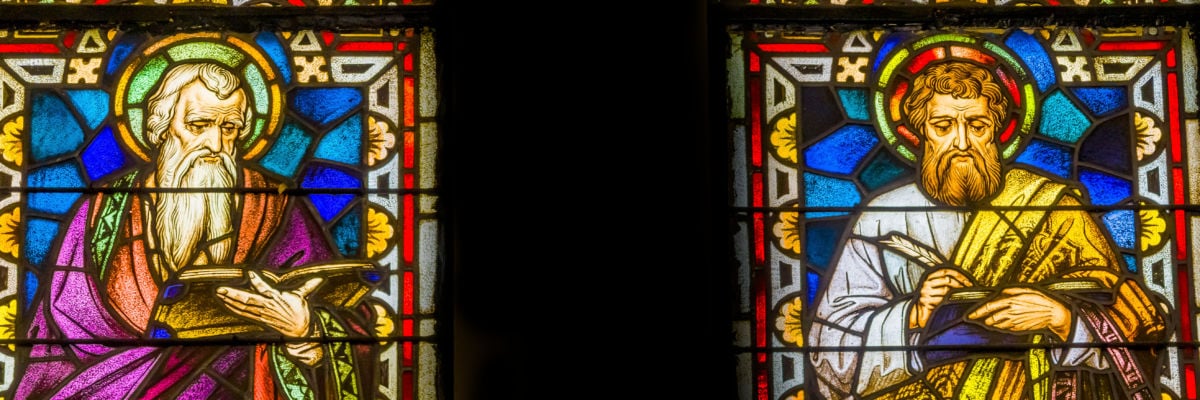
DAY 44
CHALLENGE
“How can the Gospels of Mark and Luke be accurate? Neither Mark nor Luke was an eyewitness of Jesus.”
DEFENSE
You don’t have to be an eyewitness to write an accurate biography.
Today biographers don’t have to know the person they are writing about. They don’t even have to be alive at the same time as their subject. Consider all the recent biographies of Abraham Lincoln. No modern authors were eyewitnesses of Lincoln, yet people don’t dis- count their biographies on that basis. What matters is that a biographer has access to reliable sources, and both Mark and Luke did.
According to the first-century figure John the Presbyter, who was likely one of the authors of the New Testament and who is sometimes identified as the apostle John, Mark served as Peter’s interpreter (cf. 1 Peter 5:13) and wrote his Gospel based on his knowledge of Peter’s preaching (see Eusebius, Church History 3:39:14–15). Based on the un- usual prominence of Peter in Mark’s Gospel, scholars have generally agreed that this is correct. Richard Bauckham has even argued that Mark uses a literary device known as inclusio to signal the fact that Peter stands behind the information in his Gospel (see Jesus and the Eye- witnesses, chapters 6–7). Mark is thus based on eyewitness testimony.
Similarly, Luke informs us at the beginning of his Gospel that the information in it was “delivered to us by those who from the beginning were eyewitnesses and ministers of the word” (Luke 1:2). We can even tell which eyewitnesses much of the information came from. First, Luke used Mark as one of his sources, so some of his material came from Peter through Mark. Second, Luke spent several years with Paul in Rome (Acts 28:16, 30), where Peter also spent the later part of his ministry. Peter thus served as a major source for Acts 1–12 (see Day 26), and Luke likely derived some of the material in his Gospel directly from Peter as well.
We can also detect other sources. For example, Luke preserves traditions derived from the Virgin Mary, and he signals this by noting how Mary “kept all these things, pondering them in her heart” (Luke 2:19, cf. 2:51).



